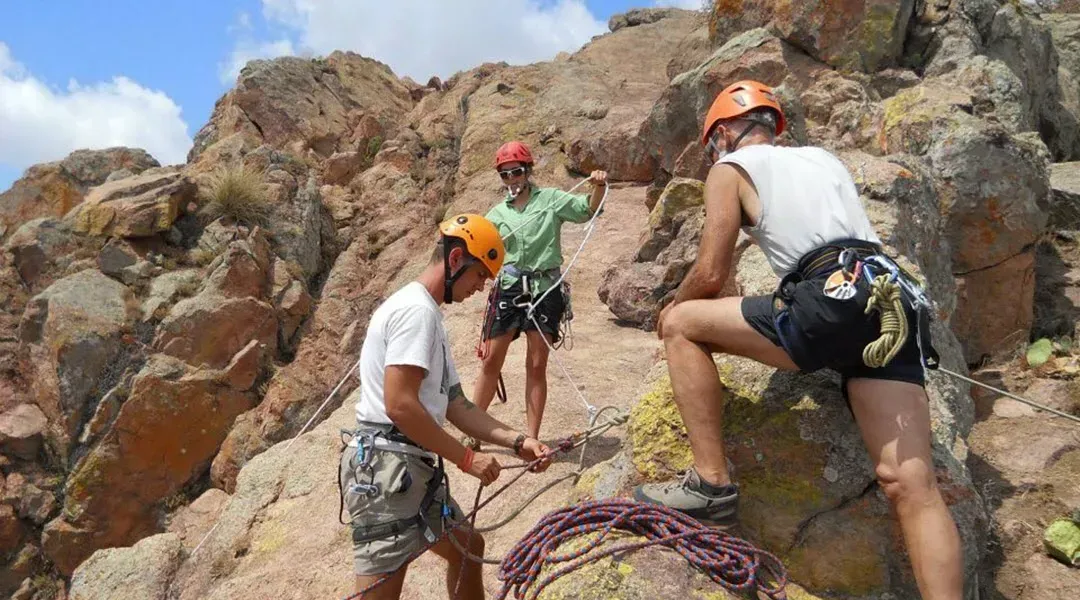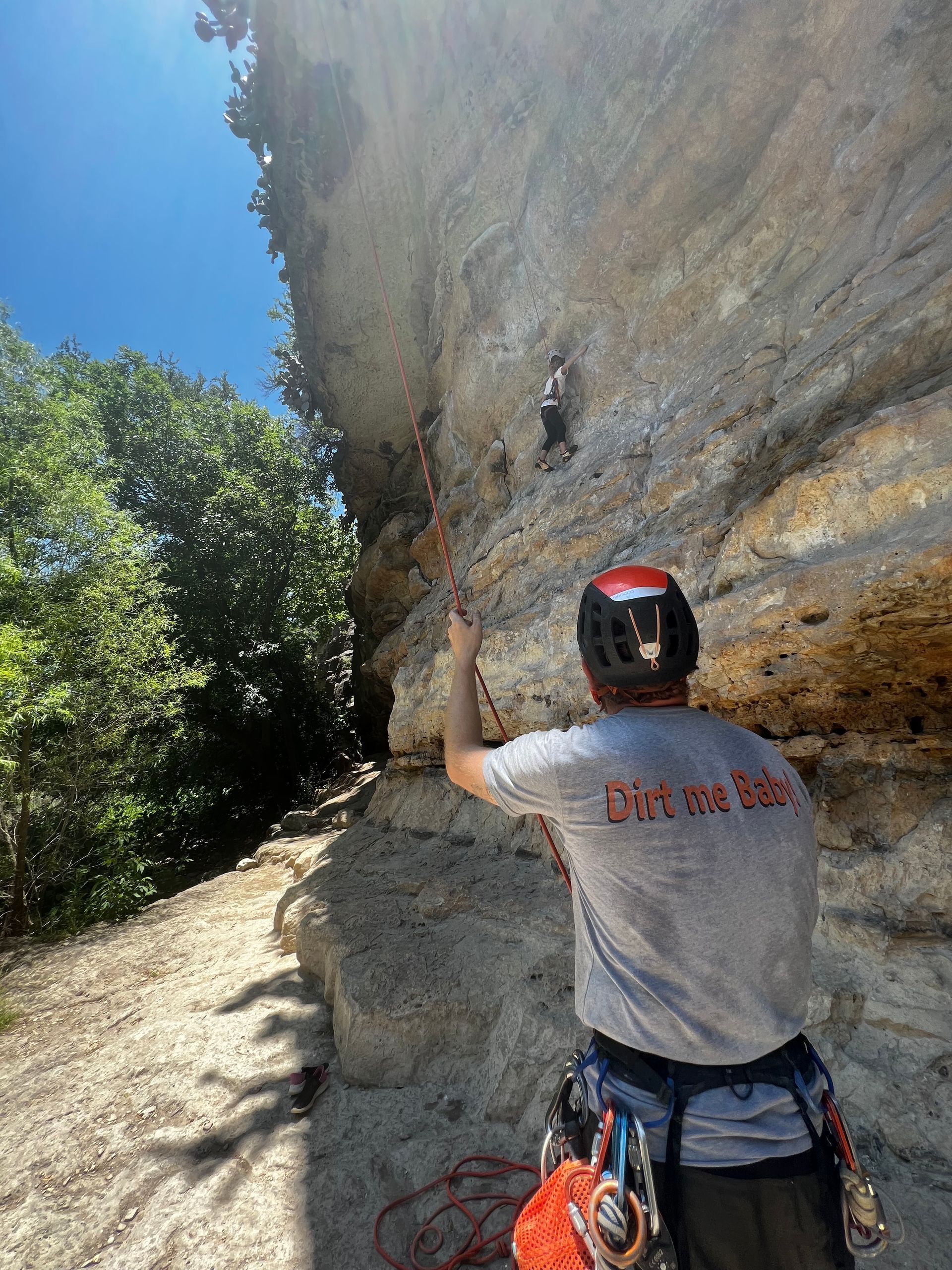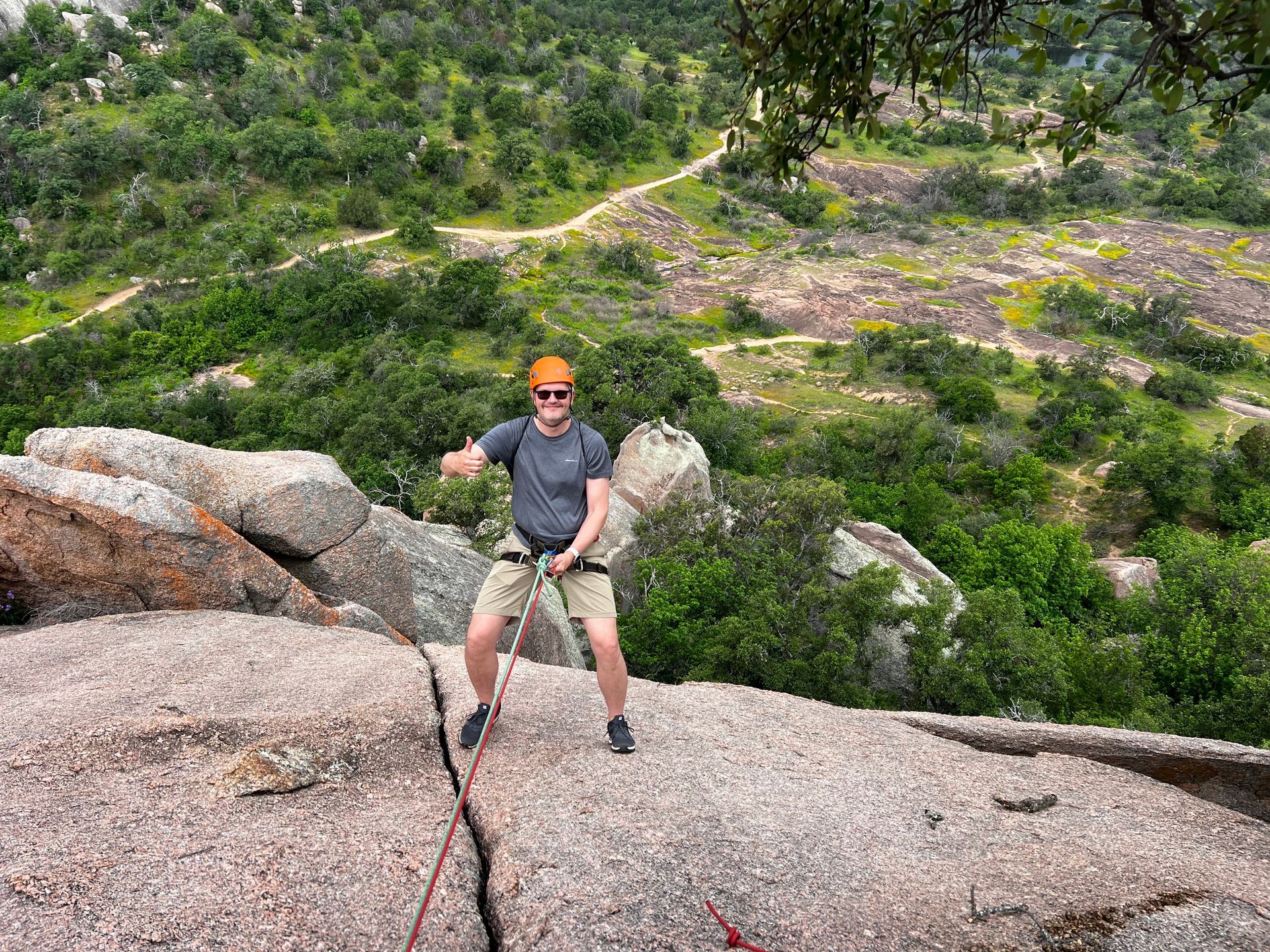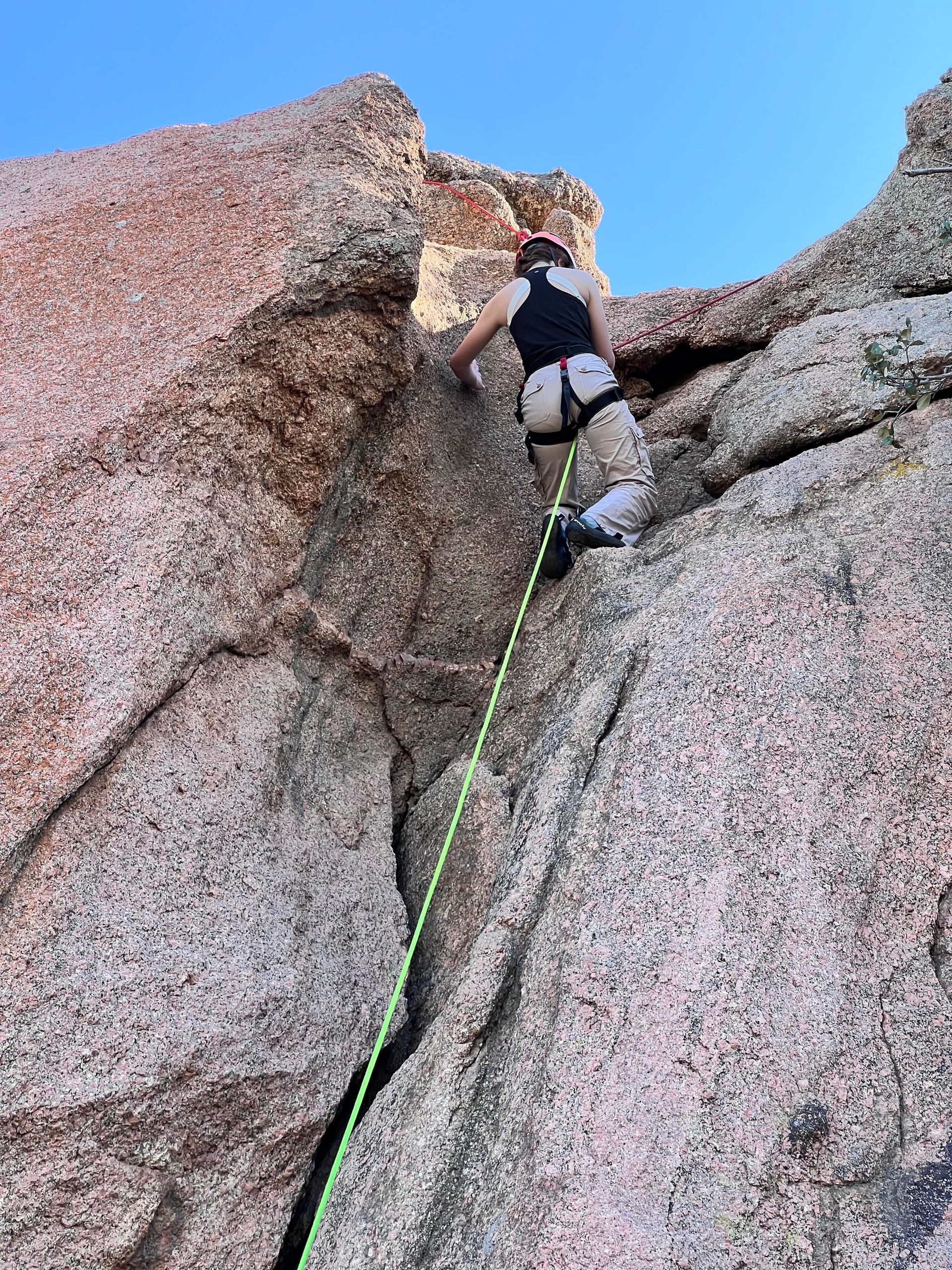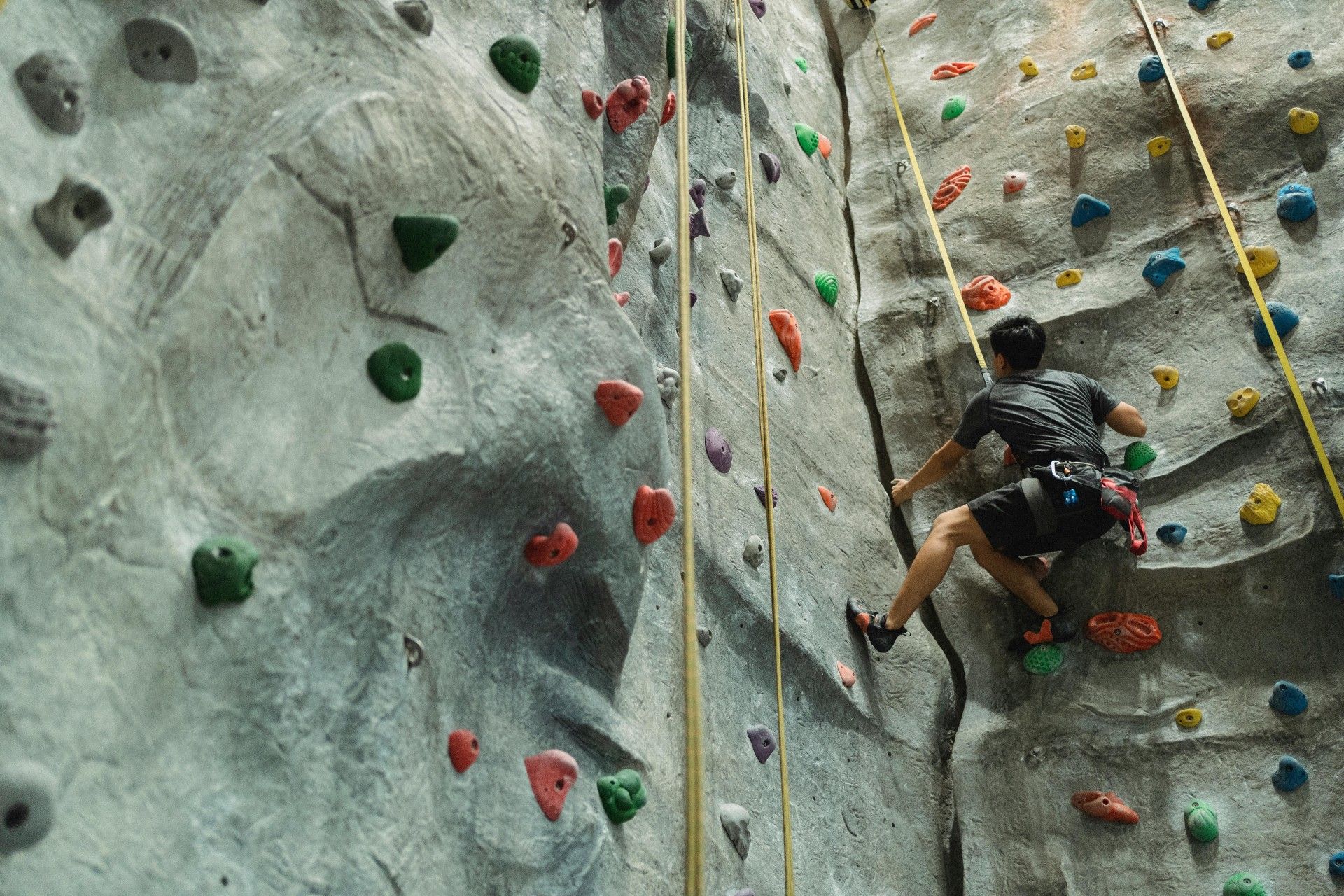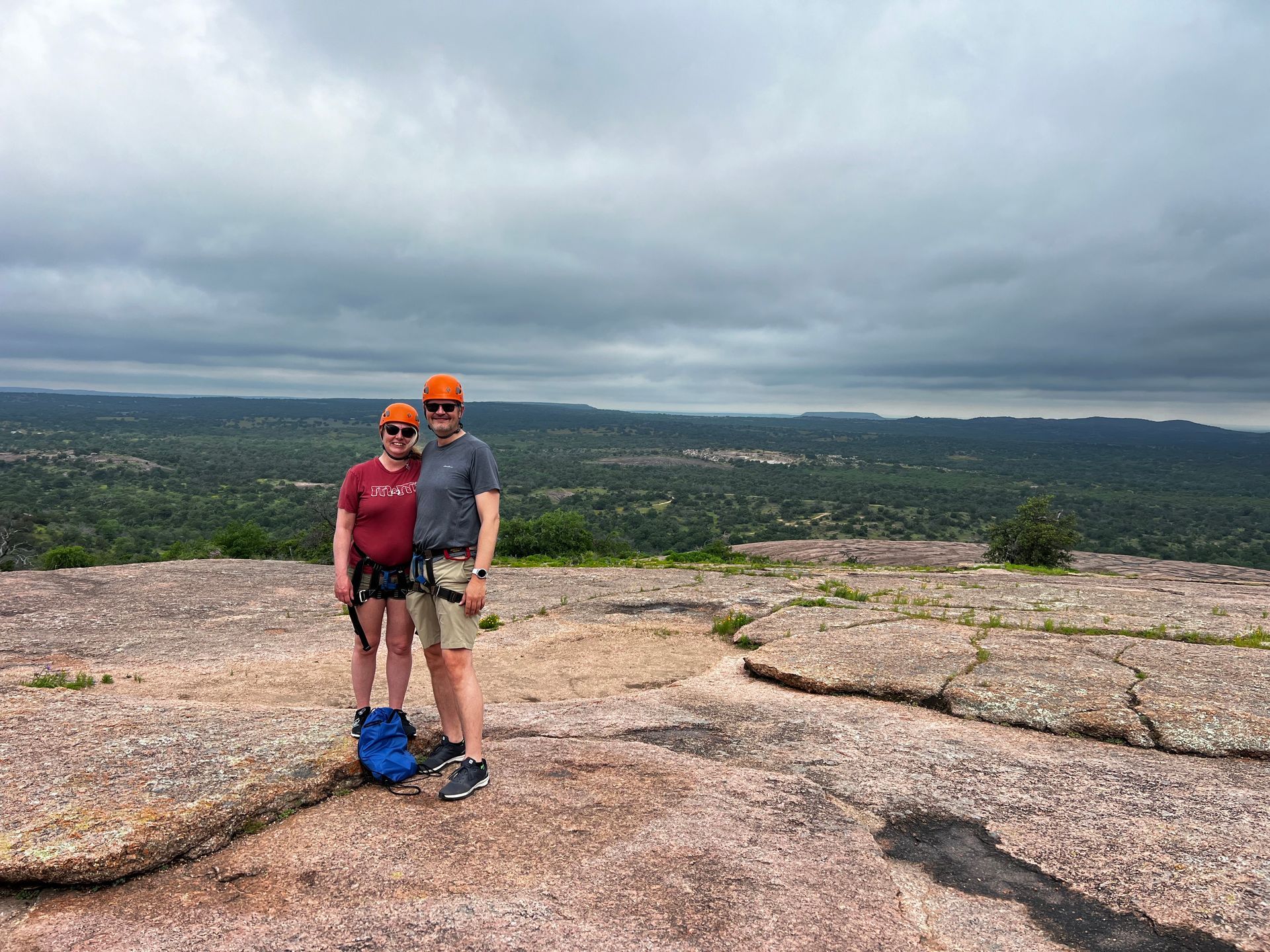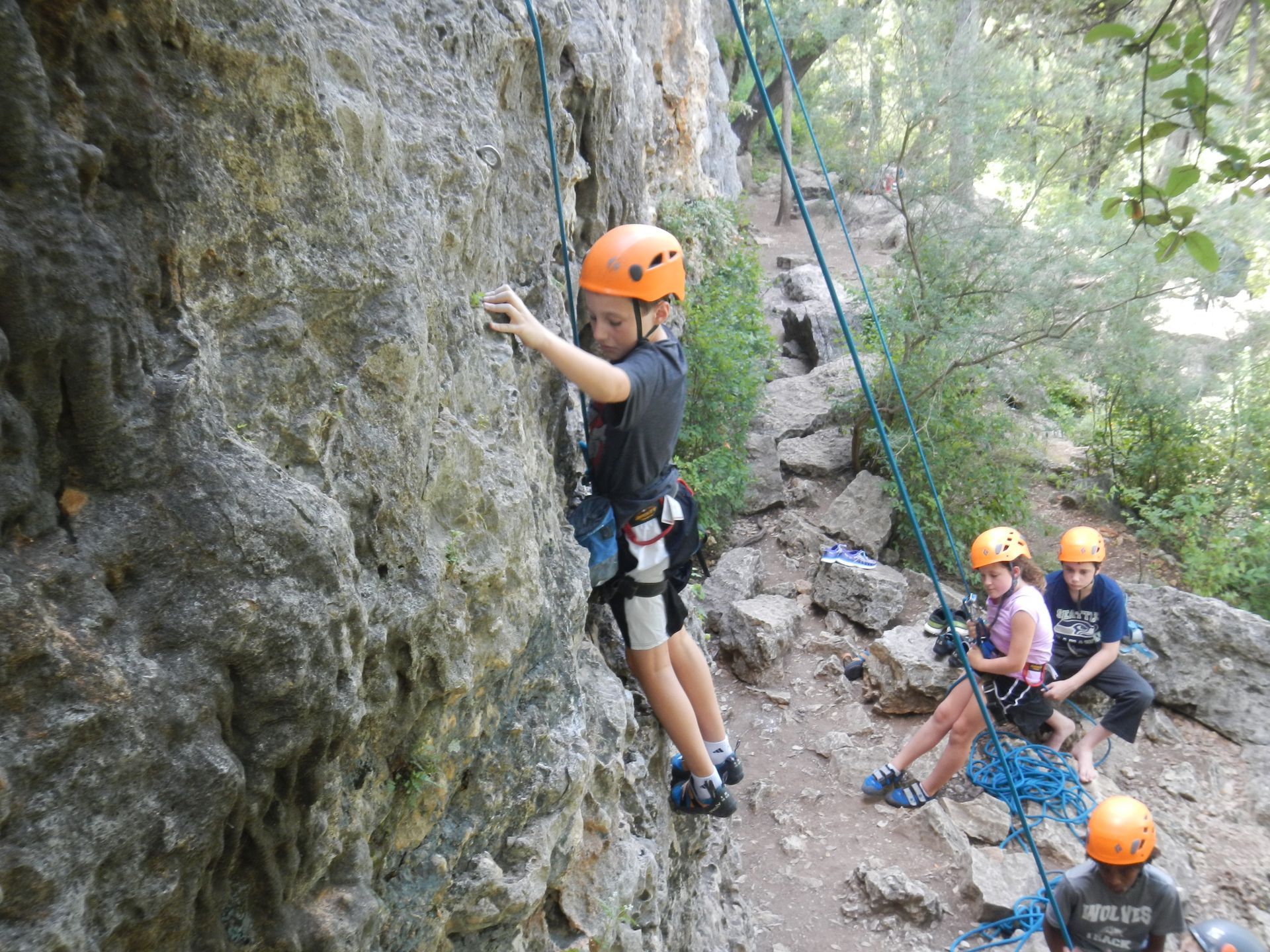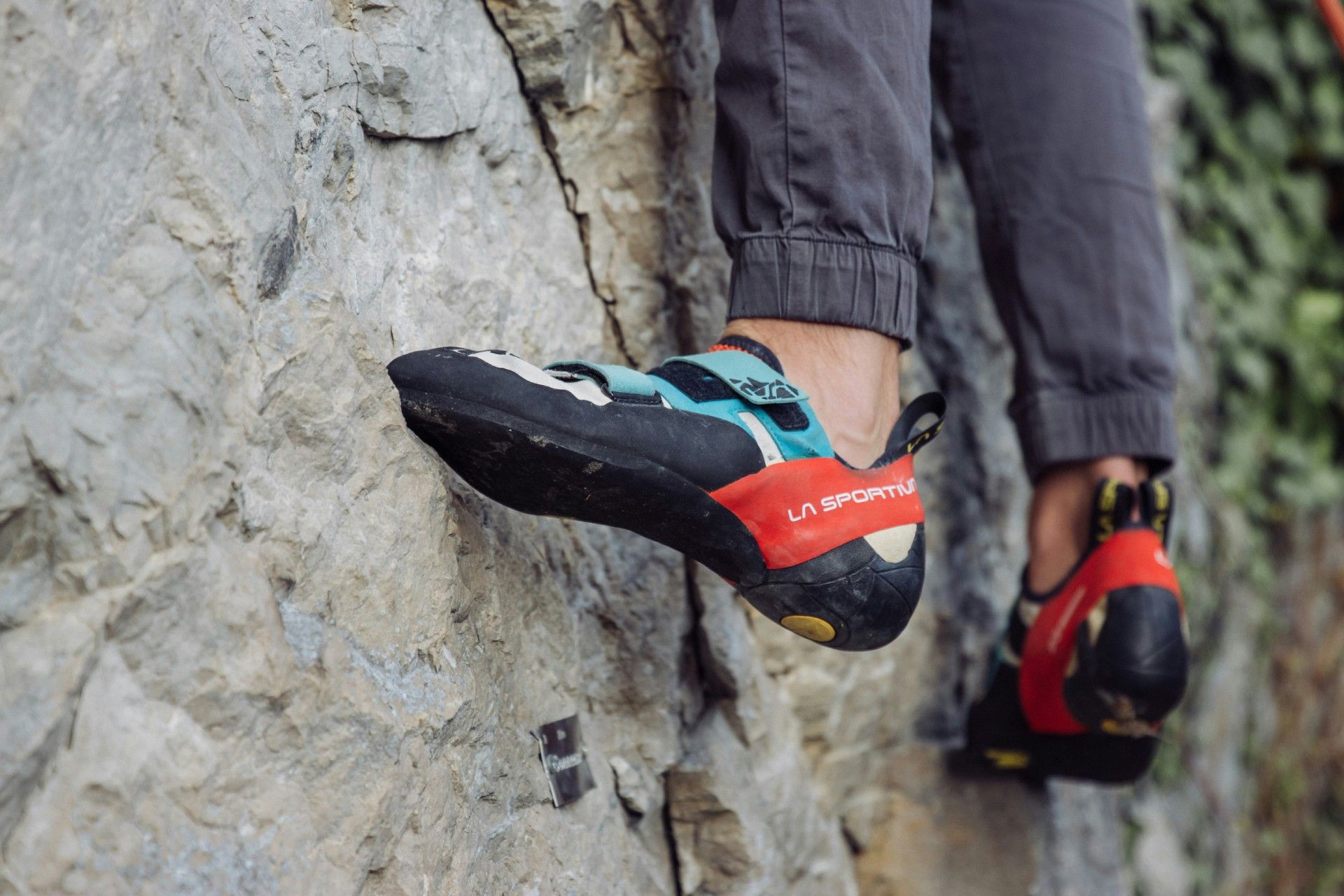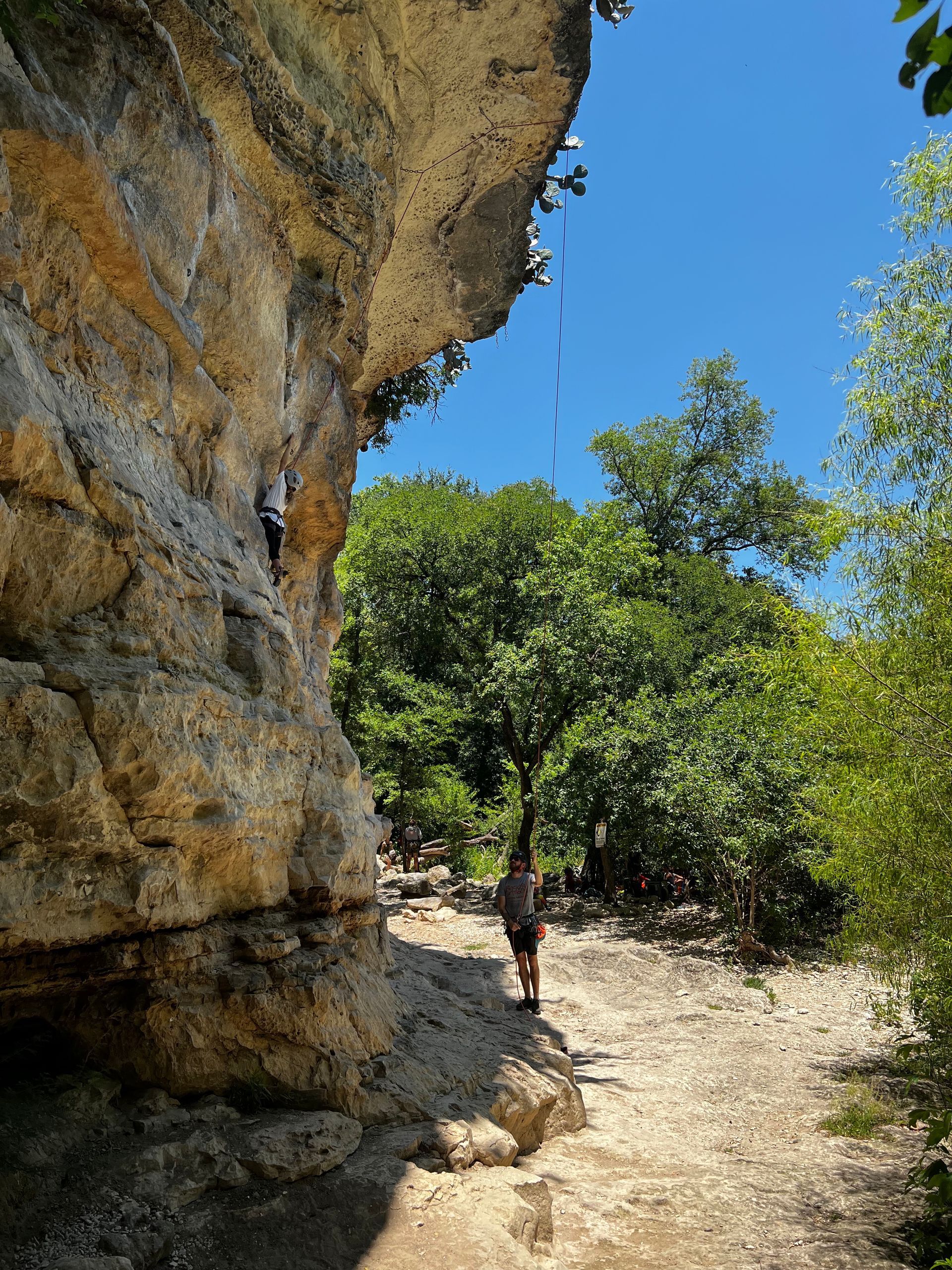Challenges & Rewards Of Advanced Rock Climbing
Are you ready to embark on an exhilarating journey into the world of advanced rock climbing? If you’re an adventure seeker looking to push your physical and mental limits, there’s nothing quite like the challenges and rewards that advanced rock climbing has to offer. Whether you’re scaling towering cliffs, conquering daunting overhangs, or navigating intricate boulder problems, advanced rock climbing is a sport that demands strength, skill, and determination.
We’ll take you on a vertical adventure, exploring the challenges and rewards of advanced rock climbing. So, chalk up your hands, strap on your harness, and let’s ascend to new heights.
Key Takeaways
- Advanced rock climbing challenges both your body and mind, demanding technical skills, problem-solving, and resilience.
- Rope management, knot tying, and mastering techniques like stemming, crack climbing, and slab climbing are essential for safe, successful ascents.
- Overcoming fear and building confidence on the wall is just as critical as physical strength in progressing as an advanced climber.
- The rewards include a powerful sense of achievement, deep connection with nature, and camaraderie within the climbing community.
- With expert guidance from Rock-About Climbing Adventures, climbers can safely push their limits and experience the full benefits of advanced rock climbing.
Mastering Technical Skills: The Foundation of Advanced Rock Climbing
Before you can conquer the towering rock walls that beckon climbers, you need to master the technical skills that will keep you safe and enable you to reach the summit. Advanced rock climbing requires a deep understanding of climbing equipment, rope management, and various climbing techniques.
- Rope Management and Knot Tying: Rope management is an essential skill in advanced rock climbing. The ability to tie secure knots, set up anchors, and belay effectively can mean the difference between a successful ascent and a risky climb. Understanding the nuances of different knots and hitches, such as the figure-eight, clove hitch, and Prusik, is crucial. A mistake in rope management can lead to dangerous situations, making it vital to practice and perfect these skills.
- Advanced Climbing Techniques: Once you have the basics down, it’s time to delve into advanced climbing techniques. Techniques such as stemming, crack climbing, and slab climbing require finesse and adaptability. Stemming involves using opposing holds or surfaces to maintain balance, while crack climbing is all about jamming your hands and feet into the fissures of the rock. Slab climbing, on the other hand, challenges your balance and footwork on near-vertical surfaces. Developing these skills takes time and practice, but they are the key to overcoming challenging routes.
Overcoming Mental Hurdles: A Test of Willpower
As important as technical skills are in advanced rock climbing, it’s the mental aspect that often separates the elite climbers from the rest. The challenges you face on the wall will push your limits and test your resolve in ways you may never have imagined.
- Fear and Confidence: Fear is an ever-present companion in advanced rock climbing. The exposure, the height, and the knowledge that a fall could be catastrophic can be paralyzing. Climbers must learn to manage this fear and build confidence through experience. The more you climb, the better you become at trusting your abilities and your gear, allowing you to push your limits further.
- Problem Solving: Rock climbing is like a vertical puzzle, and advanced routes can be fiendishly complex. Climbers often face the challenge of figuring out the best sequence of holds and moves to progress. This problem-solving aspect not only requires physical strength but also mental agility. Overcoming obstacles on the wall is incredibly rewarding and cultivates a sense of accomplishment like no other.
The Sweet Taste of Success: Rewards in Advanced Rock Climbing
As you invest time and effort into your advanced rock climbing journey, you’ll experience a range of rewards that make the challenges more than worthwhile.
- Sense of Achievement: When you finally conquer a challenging route or problem that has been eluding you, the sense of achievement is unparalleled. The feeling of accomplishment and self-improvement is addictive and keeps climbers coming back for more. It’s not just about reaching the summit; it’s about the personal growth and satisfaction that come with each climb.
- Connection with Nature: Rock climbers are fortunate to experience some of the most breathtaking natural landscapes on Earth. Whether you’re climbing in a lush forest, a desert canyon, or on a coastal cliff, the connection with nature is profound. Advanced rock climbers get to explore and appreciate the beauty of remote and untouched locations that few others can access.
- Community and Camaraderie: Rock climbing has a strong sense of community, and this is particularly true in the advanced climbing world. You’ll meet like-minded individuals who share your passion for adventure and pushing boundaries. The camaraderie that develops among climbing partners and fellow enthusiasts is an essential part of the climbing experience.
Rock-About Climbing Adventures: Your Gateway to Advanced Climbing
Now that you’ve had a taste of the challenges and rewards of advanced rock climbing, you might be wondering where to start or how to take your climbing to the next level. That’s where Rock-About Climbing Adventures comes in. With locations inAustin, San Antonio, Fredericksburg,andMarble Falls, Texas, we are your go-to source for expert guidance, training, and unforgettable climbing experiences.
Rock-About Climbing Adventures is more than just a climbing company; we are a community of experienced climbers and guides dedicated to helping you reach your climbing goals. Whether you’re a beginner looking to build a strong foundation or an advanced climber seeking to conquer new heights, our team of professionals can tailor a climbing adventure to suit your needs.
So, are you ready to take on the world of advanced rock climbing? Take that first step towards an unforgettable climbing journey. Don’t wait – your next adventure is just a click away!
Frequently Asked Questions
Here are answers to common questions about the challenges and rewards of advanced rock climbing.
What are some advanced climbing techniques?
Advanced climbing techniques include stemming, crack climbing, and slab climbing. Stemming uses opposing surfaces for balance, crack climbing involves jamming hands or feet into rock fissures, and slab climbing demands precise footwork on near-vertical surfaces. Mastering these techniques improves efficiency and control, helping climbers tackle more difficult routes safely and effectively.
What level is considered advanced climbing?
Advanced climbing generally refers to climbers who are confident on difficult routes, often in the 5.11–5.13 range on the Yosemite Decimal System. At this level, climbers demonstrate strong technical skills, effective rope management, and the ability to manage fear while solving complex climbing problems. It’s about both physical ability and mental resilience.
What are the hardest parts of advanced rock climbing?
The hardest parts include managing fear of falling, maintaining endurance on long routes, and problem-solving complex sequences. Overhangs, thin cracks, and technical slabs often pose challenges. Climbers also need excellent rope management and mental focus to perform under pressure. Balancing physical demands with psychological control is what makes advanced climbing so tough.
What is class 5 rock climbing?
Class 5 climbing refers to technical climbs that require ropes and protection for safety. It’s part of the Yosemite Decimal System, which rates hikes and climbs by difficulty. Within class 5, climbs range from easy beginner routes (5.0–5.5) to elite, cutting-edge ascents (5.15). Advanced climbers typically operate in the mid-to-high ranges of class 5.
How do advanced climbers overcome fear?
Advanced climbers overcome fear through experience, practice, and trust in their skills and equipment. Gradual exposure to challenging climbs helps build confidence. Breathing techniques, visualization, and focusing on problem-solving rather than the risk also play a role. Over time, climbers learn to manage fear and channel it into concentration and performance.
What are the rewards of advanced rock climbing?
The rewards include a deep sense of achievement when completing difficult routes, improved physical fitness, and mental resilience. Climbers also enjoy a strong connection with nature, as many climbs take place in remote and beautiful settings. Beyond the personal growth, advanced climbing offers camaraderie and community with fellow climbers.
What equipment is essential for advanced rock climbing?
Essential equipment includes a harness, rope, helmet, belay device, quickdraws, cams, nuts, and proper climbing shoes. Advanced climbers also rely on specialized gear for techniques like crack climbing or multi-pitch ascents. Equally important is the knowledge of how to use this equipment safely through strong rope management and knot-tying skills.
How does problem-solving play a role in advanced climbing?
Problem-solving is central to advanced climbing because every route presents unique challenges. Climbers must analyze holds, plan sequences, and adapt when moves don’t work as expected. This mental puzzle, often called “reading the route,” requires creativity, flexibility, and persistence. Solving these puzzles is both demanding and one of climbing’s most rewarding aspects.
